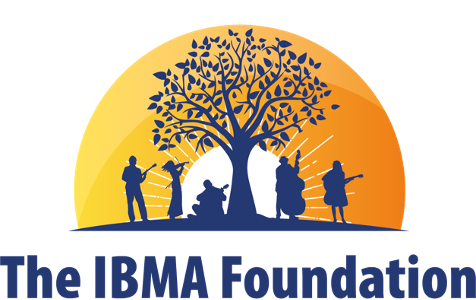By Thomas Wolf
The third bluegrass presentation by the Elephant Ears Musical Chairs bluegrass bands at schools in Nairobi, Kenya, took place at the Juja Preparatory School March 15, 2024.
The school is located about 15 miles outside Nairobi, and we presented both the music and lecture/mini-workshops for fiddle and guitar before lunch, as the students had other activities in the afternoon. Just before we were to start we were offered tea and snacks, which a few hungry band members couldn’t resist!
During the music portion there were about 150 students, ranging in age from around 6 to 16, as the school runs classes for both primary and secondary school units. About 1/3 of them identified themselves as having music lessons at the school for the following: violin, guitar, drums, cello, trumpet, and piano.
After the concert, about half the students left to return to their normal classes, leaving us with about 60 music students. The five of us who remained sat in chairs in front of the sound system. I first had each of us give a brief personal history of their involvement in music—instrumental, vocal, and ensemble.
After giving a brief background of the origins and development of bluegrass music, I invited the students to ask questions. Around 15-20 students had seen our pre-recorded Citizen-TV appearance (broadcast on Dec. 20). During the next hour, 30 violin students met with bluegrass fiddlers Stephanie and Scott, and 20 guitar (and other instrument) students met with T-Mac and me at the other end of the room.
Here are some of the questions asked:
When did your band start?
How many instruments do you play?
Do you get paid when you perform? (a question that allowed me to give more detail about the IBMA Foundation and the Shultz Fund grants)
Are pianos used in bluegrass?
Which other schools have you played at?
Which companies make the kind of instruments that you play?
Can the finger picks that you use to play the banjo be used to play the guitar?
Are any of the songs that you perform written by the band members?
How long does it take to memorize the words of the songs that you sing?
If I continue learning violin, would I be able to join your band?
(After having watched me play some guitar and mandolin as well as banjo during the performance…) Which instrument do you like playing most?
After our (substitute electric) bass player introduced himself as a retired opera singer, one student asked if he would sing something from one of the operas he had performed, so he explained he would sing part of a song sung by a poor farm laborer to express his love for a local wealthy farmer’s daughter in an effort to attract her (which he explained didn’t work!), so he broke out with some very high decibel-level Italian, which made a big hit!
The violin students asked:
How do you play by ear?
How do you develop your tremolo?
How do you play quietly or loudly?
Steph and Scott reported that they went over the following with their violin students: correct posture, wrist and hand position as well as holding violin position, shuffle bowing and double-stops, and volume variation.
For our session with the guitar students, I explained why a steel-string guitar is necessary for bluegrass, using my D-28 as an example. Both T-Mac and I showed them the callouses on our left fingertips. Next, we talked about rhythm played on bass strings, also showing some runs. Then I had T-Mac play off-beat rhythm on mandolin, while I played on-beat guitar to show them the push-pull tension these two instruments usually provide.
I then mentioned that when I first learned to play guitar we started with finger-strumming, and then my next teacher taught us fingerpicking, so I demonstrated a little of that. T-Mac demonstrated clawhammer banjo playing, and I gave a short history of the banjo, and its “transition” from an African/African-American instrument to a (mainly) white instrument.
We greatly appreciate the Foundation’s support! These events (and especially all the practice-preparation they have required) have put us in far stronger performance position for our upcoming US Embassy-funded events. Indeed, I doubt if the Embassy grant would have been forthcoming had we not received the Foundation’s prior support, as it both enlarged our profile and provided a content template for what the grant covers!
RETURN to the May 2024 issue of The Cornerstone.
Photo above: The Elephant Ears Musical Chairs bluegrass band presents a bluegrass program to students at the Juja Preparatory School in Nairobi, Kenya.


Recent Comments